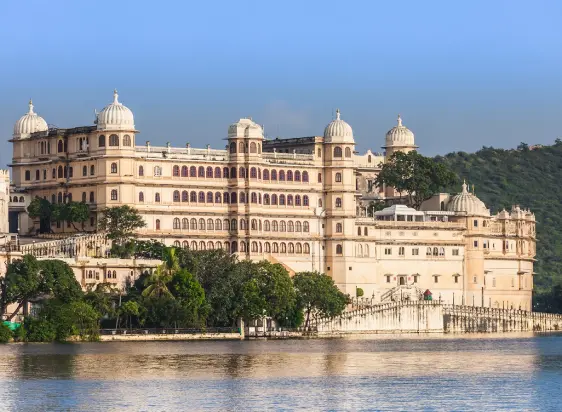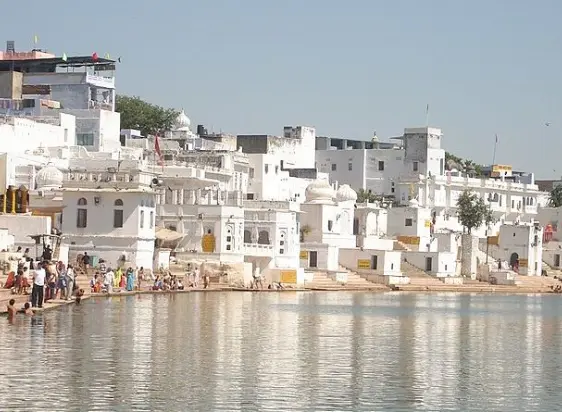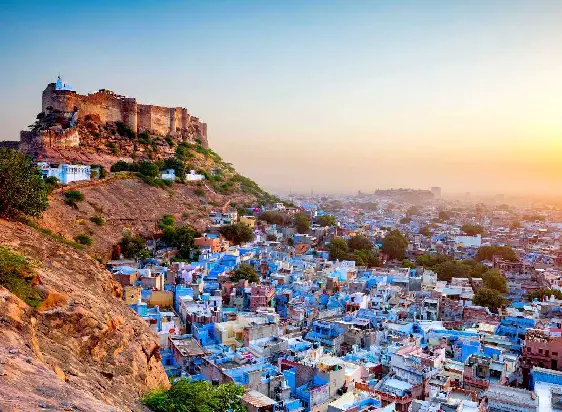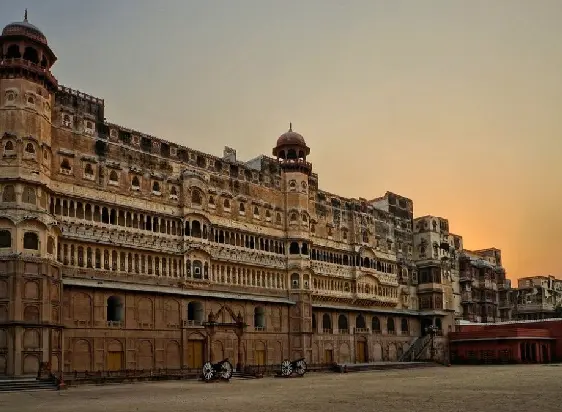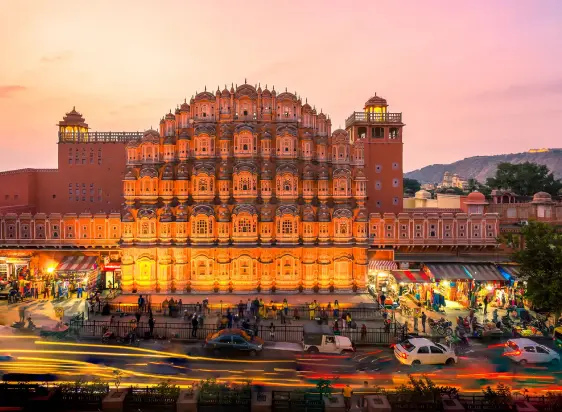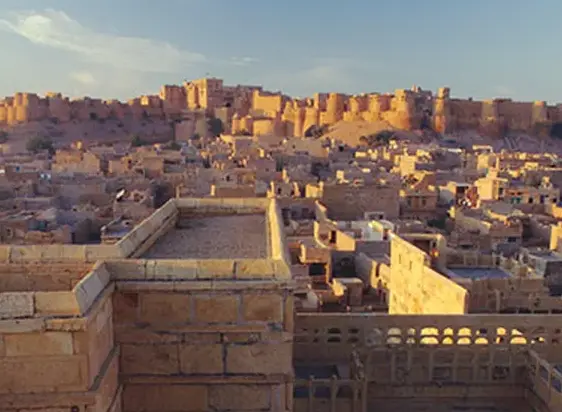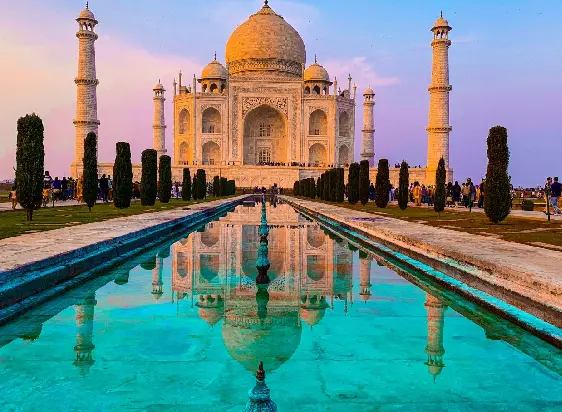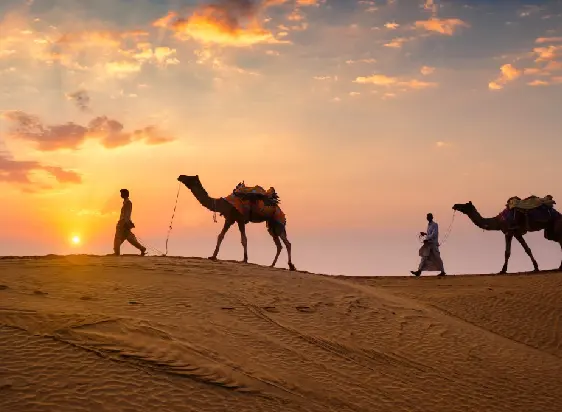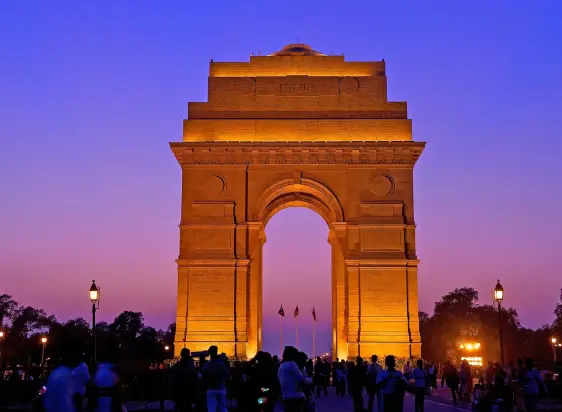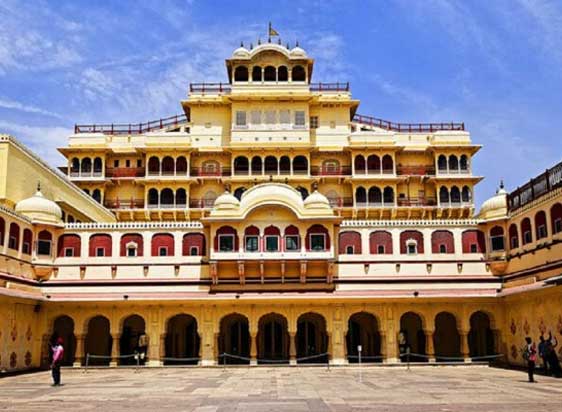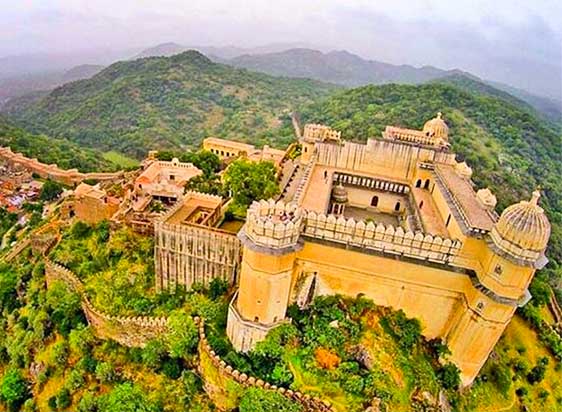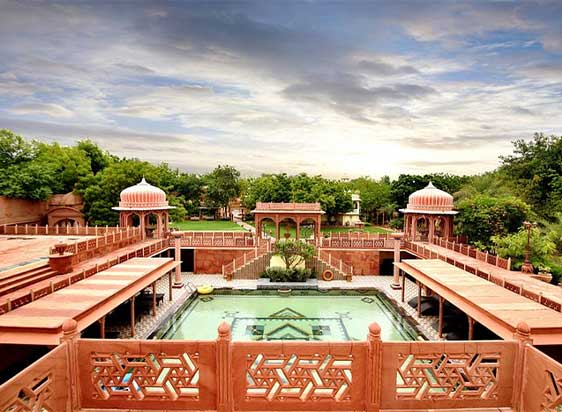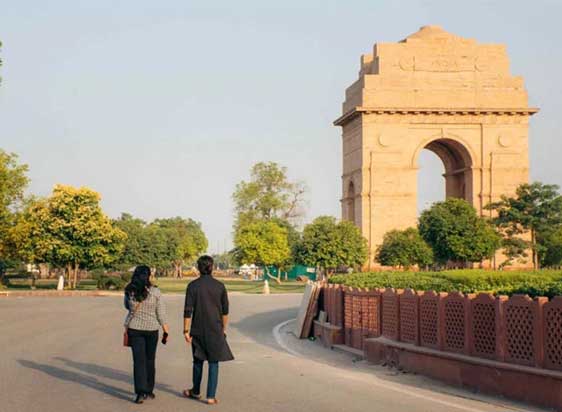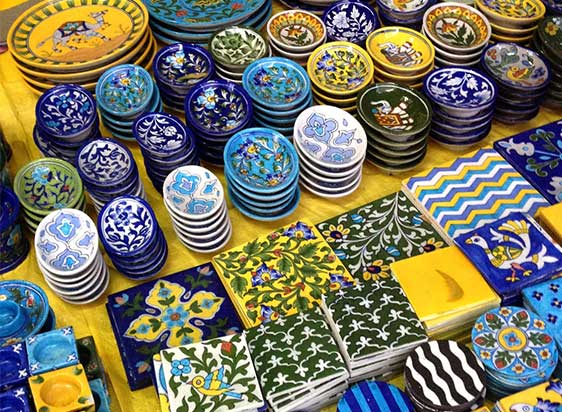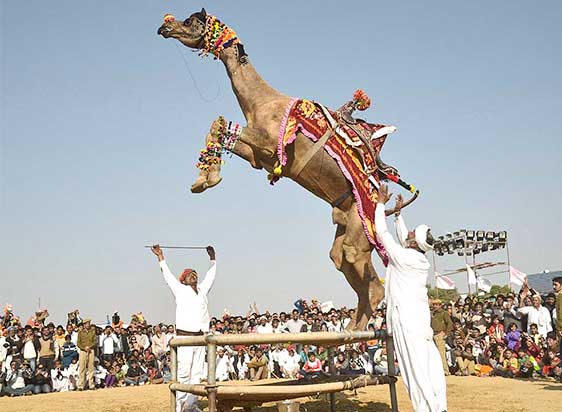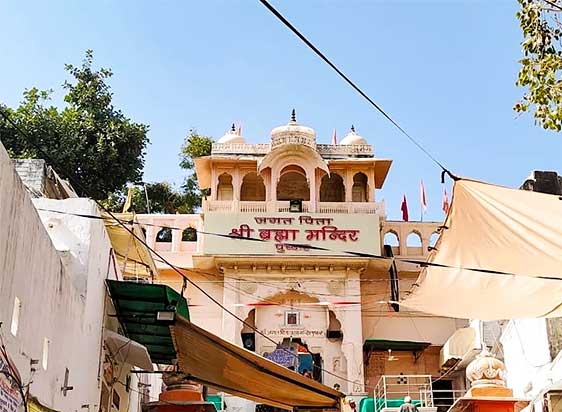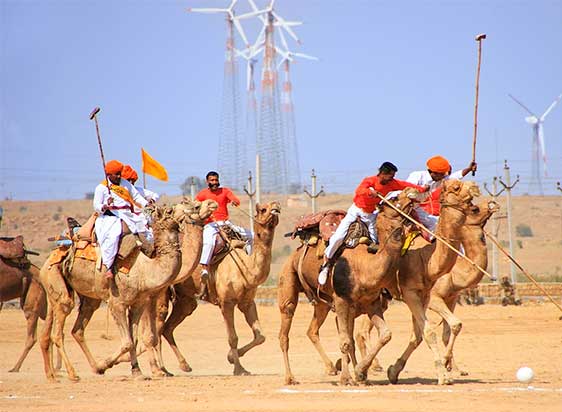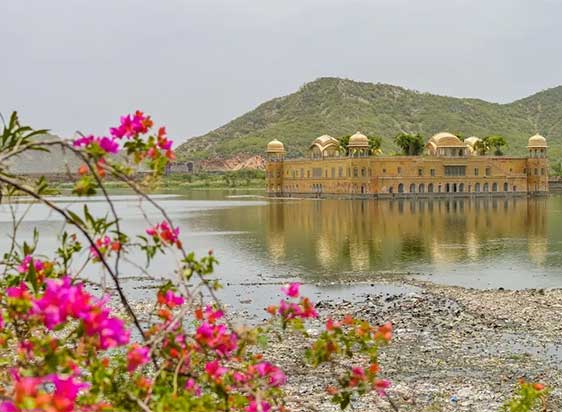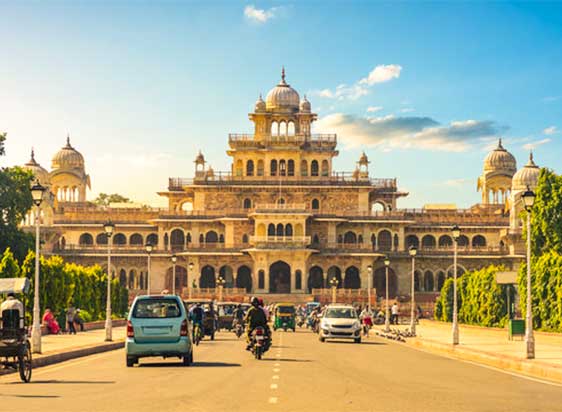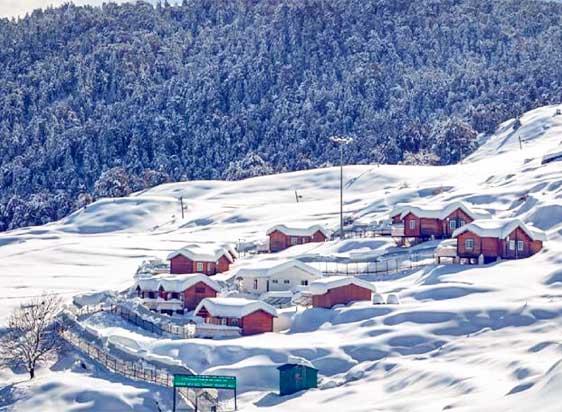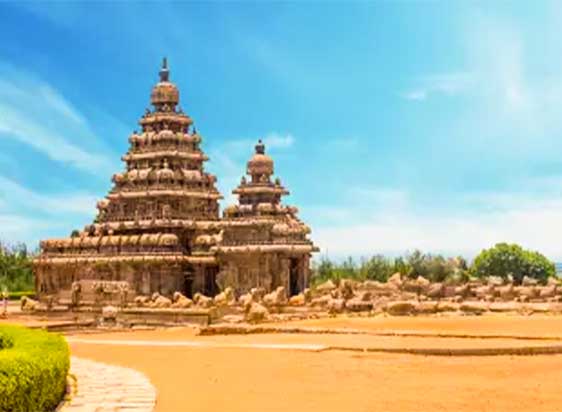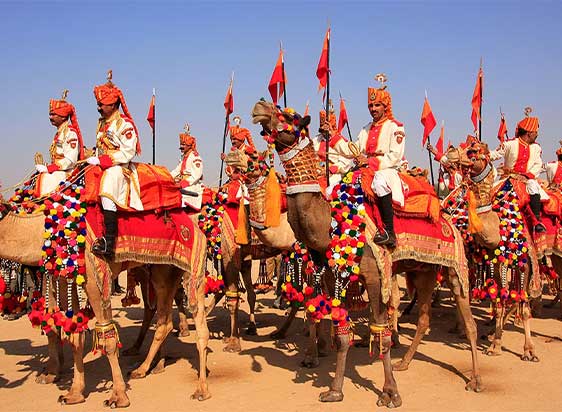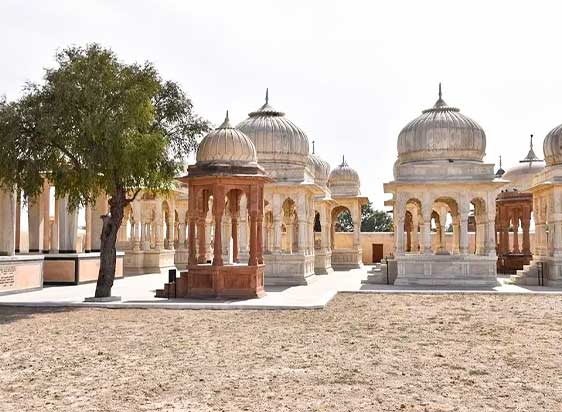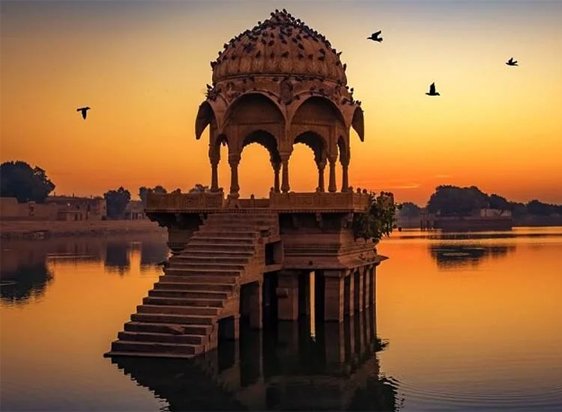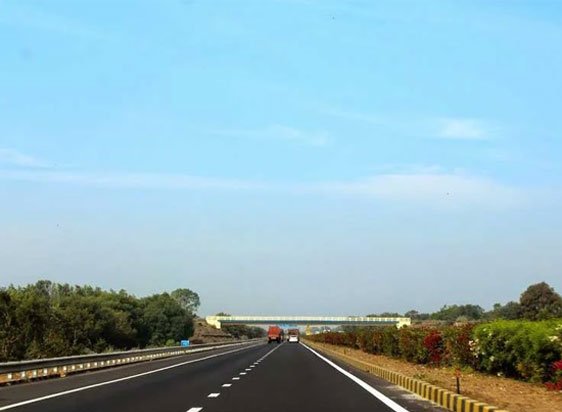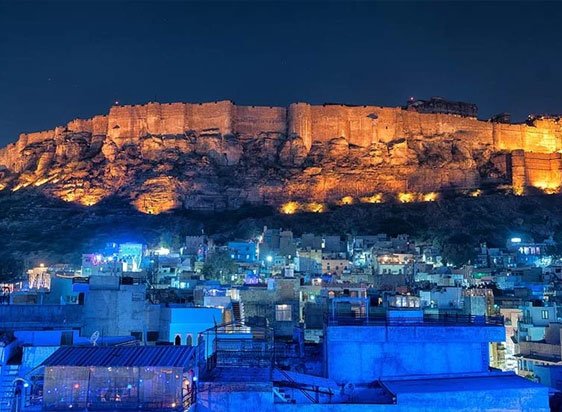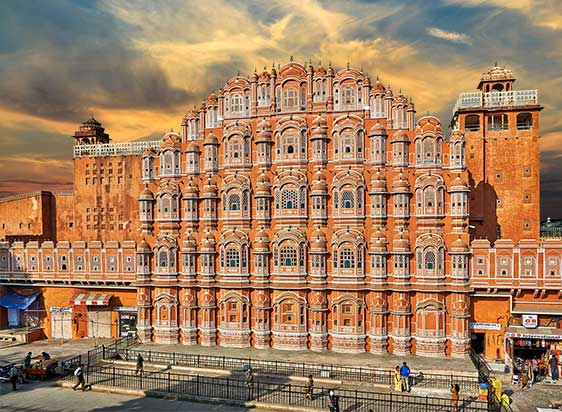
Located in the heart of the walled city of Jaipur, Hawa Mahal is considered a prominent landmark of Rajasthan. Hawa Mahal is well known as the “Palace of Winds”, which is a five-story edifice built in 1799 by Maharaja Sawai Pratap Singh. The majestic palace is adorned with intricate designs. There’s a small museum within the complex of Hawa Mahal showcasing famous items like miniature paintings and ceremonial armor to see on the Jaipur Sightseeing Tour.
A symbolic Rajput style architecture, Hawa Mahal’s structure is featuring 953 small windows or jharokhas that are intricately designed. It was primarily built for royal ladies so that they could observe the city and different proceedings from behind these windows. Its intricately carved windows allowed great air circulation which kept the chambers cool all the time.
Architecture –
The fine architect of this palace of winds is a superbly unique five-storied pyramidal palace with a height of 15 m from its elevated base. The design of this building showcases an elegant blend of Hindu Rajput style of architecture with that of the Islamic Mughal style of architecture to admire on the Jaipur Tour Package. The former style of palpable from the fluted pillars, floral patterns, and domed canopies, while the arches and stone inlay filigree work are manifestations of the latter style.
Some Interesting Facts about Hawa Mahal –
- An architect named Lal Chand Ustad designed the fine structure of Hawa Mahal. Created using red and pink sandstone structures, this is not a palace but more of a gallery accessed by royal ladies of those times.
- Its ancient architectural style shows a fusion of Hindu Rajput and Islamic styles of architecture. The fluted pillars, floral patterns, lotus motifs, and canopies, all symbolizes Rajput architecture while the filigree work, arches, etc. are derived from the Islamic style of architecture. The fusion looks so fascinating that you may want to spend hours admiring its craftsmanship and beauty.
- The front facade of Hawa Mahal resembles honeycomb-like architecture.
- It is also believed that the Hawa Mahal is designed like Lord Krishna’s crown as Maharaja Sawai Pratap Singh was an ardent Krishna believer.
- One can enter the complex through an imposing door and step into a beautiful courtyard. There are two-storied buildings on three sides and Hawa mahal is on the east side.
- One of the floors is known as the Vichitra Mandir or the strange floor. It is said that this was the favorite place of Sawai Pratap Singh who used to spend hours sitting here praying to his deity lord Krishna and composing poems in praise of the lord.
- To enter Hawa Mahal, you have to go through the rear end and not from the front.
- It is a delight to look at when the early morning sunlight falls on the structure, lighting it up in its style.
- A museum is housed on the premises where ancient artifacts of Rajput rulers and regions are on display.
- A unique feature of this palace is that it does not stand on a foundation, the tallest such building in the world. Because of this, the structure stands at a leaning position at 87 degrees.
- Last but not least, there are no stairs to reach the floors but only ramps to hike up.
Entry Fees –
- For Indian Tourists Rs. 20 only
- For Foreign Nationals Rs. 50 only
- The camera fee for Indians is Rs. 10 and Rs. 30 for foreigners
- You can get a composite ticket valid for two days costing Rs. 300 for Indians and Rs. 1000 for Foreigners. With the ticket, you can club your visit to other nearby attractions.
Things to do here –
One thing that you can indulge in Jaipur on a visit to Hawa Mahal is shopping. Shop to your heart’s delight at the various stalls and shops around the palace. You can buy memorabilia, handicrafts, clothes, bags, footwear, jewelry, and so on.
Nearby Places of Attraction –
- City Palace
- Jantar Mantar
- Ram Niwas Garden
- Govind Devji Temple
- Chand Pol Bazaar
However, all the Forts and Palaces Tour of Rajasthan inspire awe and admiration in you, Hawa Mahal is something else. It is a wonder with its magnificent architecture and the skills that contributed to its construction. The best view is from the outside because that is how you get to admire its magnitude and imperialism. During the time of kings, the common folk could only get a glimpse into the magnificent palaces from the outside.
